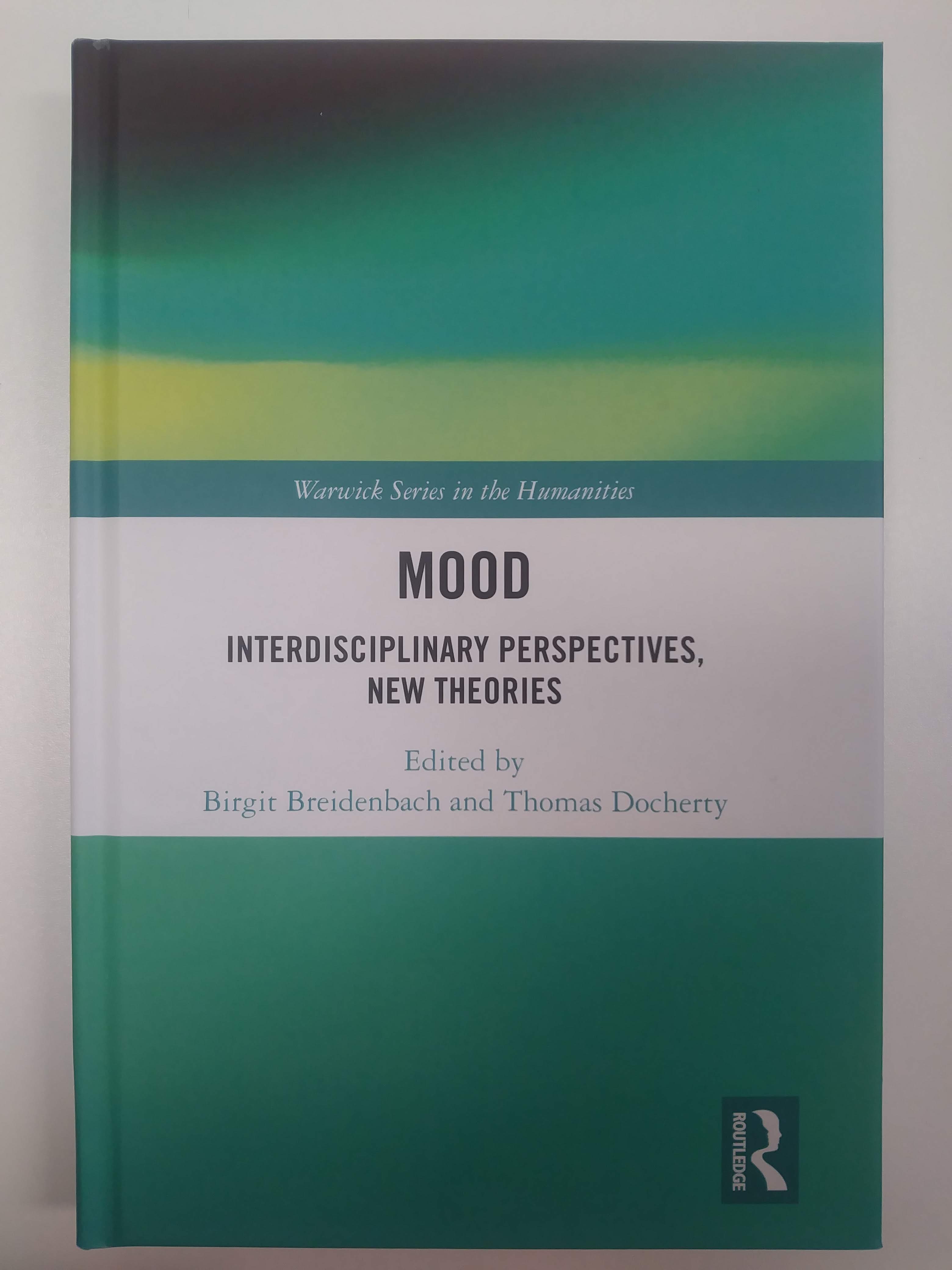Mood: Interdisciplinary Perspectives, New Theories
Published:

The study of mood has gathered sustained academic interest in recent years across a variety of academic disciplines (philosophy, psychology, linguistics, life sciences, to name but a few). Though each individual discipline furthers our understanding of mood, by its nature of intersecting several research fields mood lends itself to being studied in an interdisciplinary way. To bridge the gap between discipline-specific approaches to mood, concerted efforts need to be made.
It was therefore pleasing both myself and my collaborator Thomas House (School of Mathematics, The University of Manchester) were approached by Birgit Breidenbach (Lecturer in Literature and Philosophy, University of East Anglia) and Thomas Docherty (Research Professor of English and of Comparative Literature, University of Warwick), editors of a book volume on Mood: Interdisciplinary Perspectives, New Theories, offering us an opportunity to contribute a piece giving a mathematical modelling and epidemiological perspective on examining mood.
The volume was published in April 2019 by Routledge in the Warwick Series in the Humanities, which focuses on interdisciplinary work on major collaborative topics in the humanities, social sciences and sciences. The volume is also available as an eBook. On 9th May 2019, the volume was showcased as part of a Humanities Book Launch hosted by the Humanities Research Centre at the University of Warwick.


Origins of the volume and content overview
Though not the case for our chapter, the vast majority of the chapters in the volume originated from a collection of papers delivered at the conference Mood: Aesthetic, Psychological and Philosophical Perspectives, held at The University of Warwick in 2016.
The objective of the conference was to explore the interdisciplinary potential in the study of mood and facilitate dialogue between disciplines. The result has been several contributions to the volume making a conscious effort to bridge disciplinary gaps in approaching mood.
Across the chapters, the authors engage with the phenomenon of mood in new and innovative ways, recognising the interdisciplinary challenge that mood poses. Perspectives from several fields are given, including philosophy, architecture, musicology, mathematical epidemiology, medicine, classics, translation studies, and literary studies.
Modelling the spread of mood
In the chapter contributed by myself and Thomas (House), we present the methodology and results of two studies investigating whether contagiousness of positive and negative moods spread within adolescent friendship networks in a contagion-like manner. The studies and data collected shed light on the complex relationship between individual and social mood and enable a better understanding of mood from an epidemiological perspective with possible applications within the health-care sector.
For further information on these studies, please view the project page on Social Contagion.
Reflections on the process
An important part of the writing process was ensuring an interdisciplinary audience would find the piece accessible, to be able to fully appreciate the depth and implications of the work. Reframing our existing research into a less technical and more discursive form was a challenging but rewarding experience.
The drafting and revisions of the work were helped immensely by the fantastic editorial guidance provided by Birgit and Thomas (Docherty), which greatly enhanced the narrative and readability of the chapter. Another highly enjoyable aspect of the collaboration was having collective discussions about the volume as a whole and hearing their personal perspectives on the study of mood.
As a concluding comment, if presented with a chance to disseminate your research outside your primary research discipline, I would definitely advocate pursuing such an opportunity.